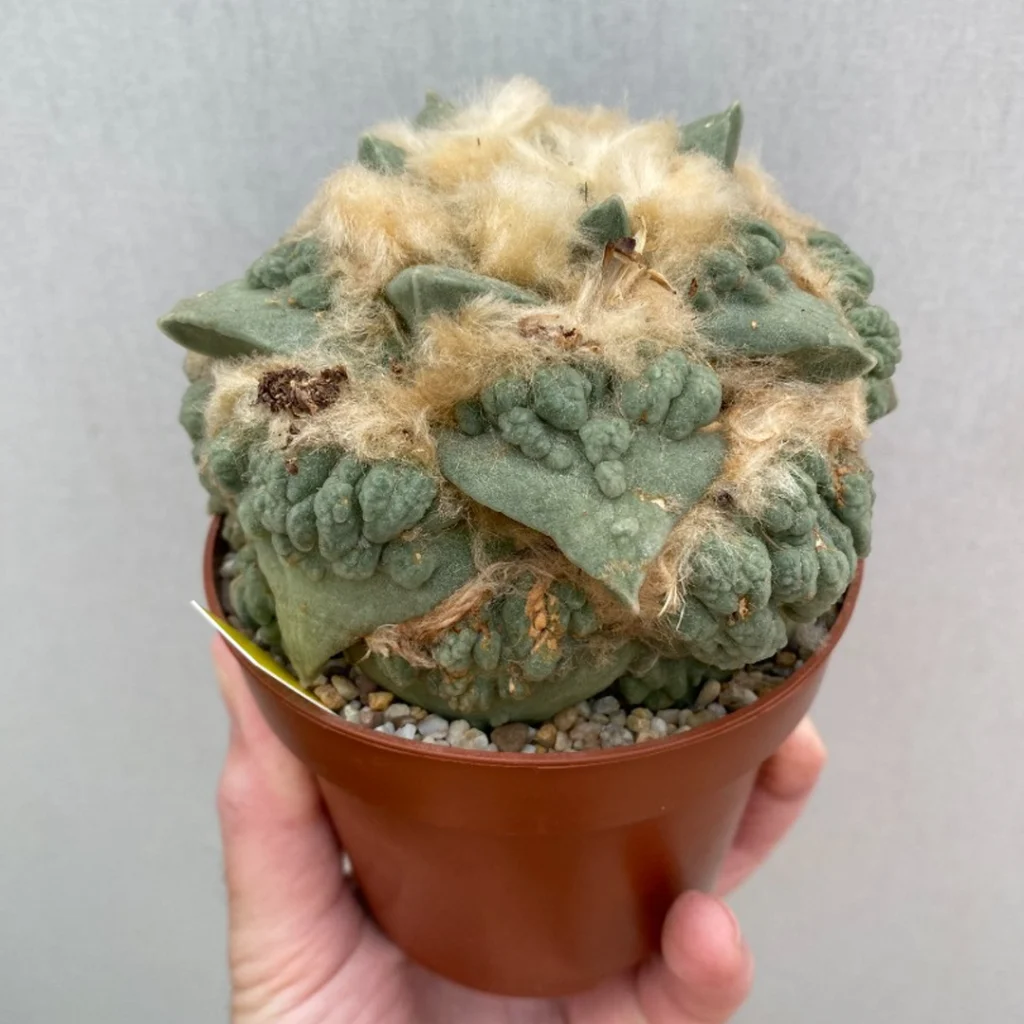Echinocereus brandegeei, commonly known as the Brandegee’s cactus, is a stunning species of cactus that originates from the southwestern United States and northern Mexico. This cactus is admired for its tall, cylindrical stems that are adorned with prominent spines, giving it a distinctive and striking appearance. It is a relatively hardy species, well-suited for arid climates, and thrives in rocky, well-draining soil with full sunlight.
One of the most attractive features of Echinocereus brandegeei is its bright, vibrant pink flowers. These blossoms bloom in late spring to early summer, offering a beautiful contrast to the cactus’s green stems. The flowers are large, funnel-shaped, and often emerge in clusters, making them a standout feature of the plant. After flowering, the plant may produce small, reddish fruits that attract wildlife.
The Echinocereus brandegeei cactus is slow-growing but can reach a height of up to 1 meter (3 feet) when fully mature. It is a columnar cactus that typically grows in clumps or as a single column. Like many cacti, it is well-adapted to harsh desert environments and requires little maintenance, making it a popular choice for cactus collectors and enthusiasts who want a hardy, low-maintenance plant that offers dramatic blooms.
How to Care
- Light: Echinocereus brandegeei thrives in full sun and should be placed in a location where it gets at least 6 hours of direct sunlight daily.
- Watering: Water the plant deeply but infrequently. Allow the soil to dry out completely between waterings to prevent rot.
- Soil: Use a well-draining cactus or succulent mix, or create your own by combining sand, perlite, and pumice to ensure proper drainage.
- Temperature: This cactus prefers temperatures between 20°C and 30°C (68°F to 86°F) during the growing season and can tolerate slight frost during winter if kept dry.
- Fertilizer: Feed with a balanced cactus fertilizer during the growing season (spring to summer) to encourage healthy growth and vibrant flowers.
- Repotting: Repot every few years to prevent the roots from becoming overcrowded, ideally in the spring when the plant is actively growing.



















